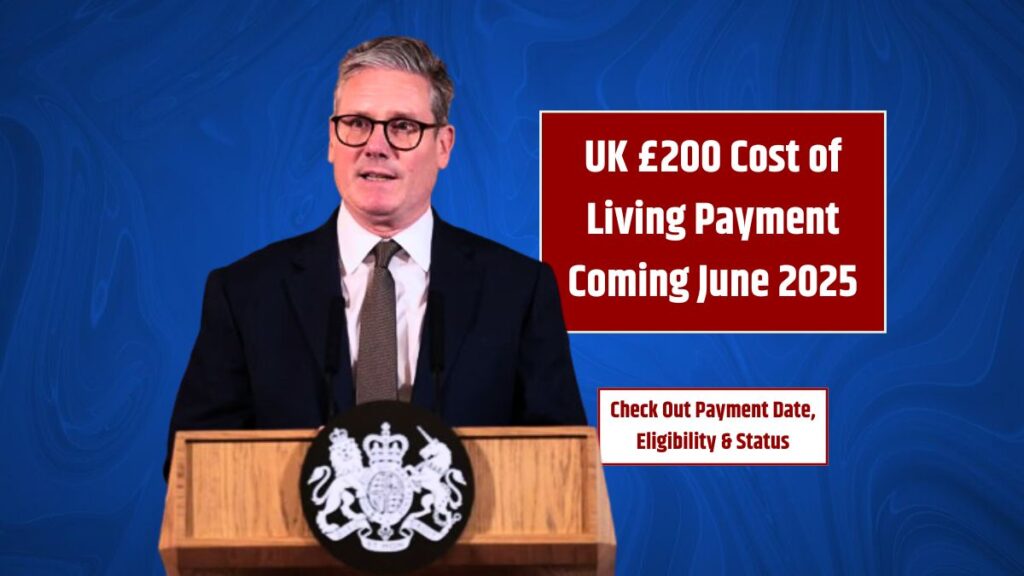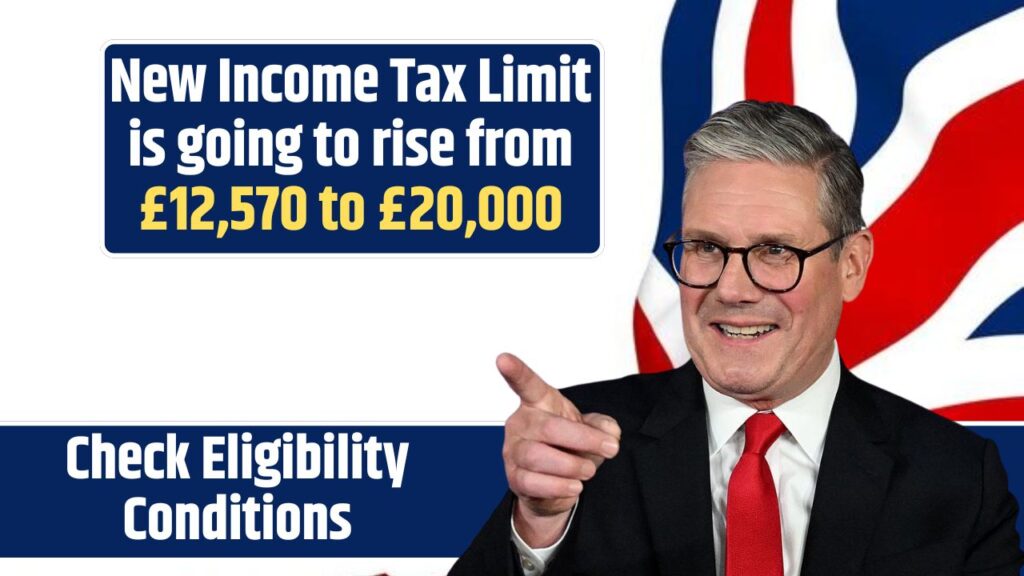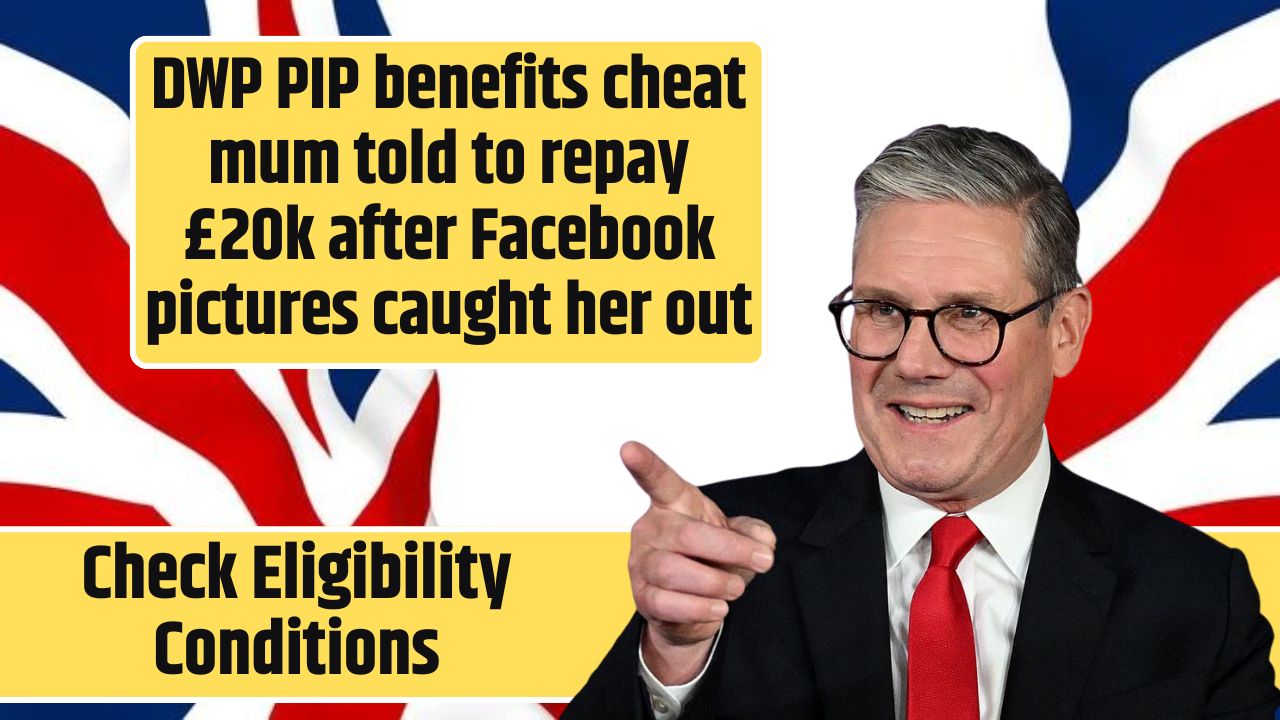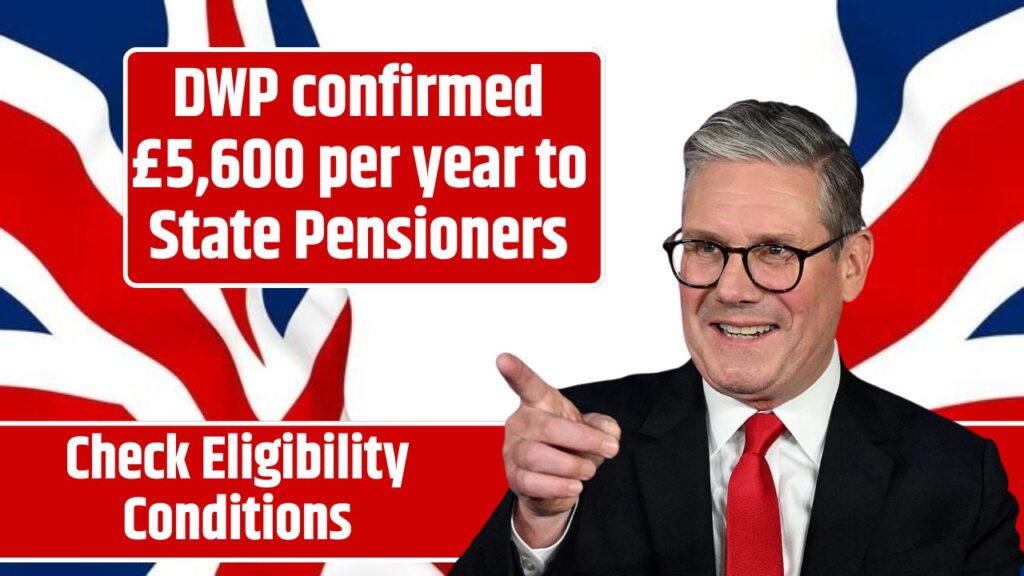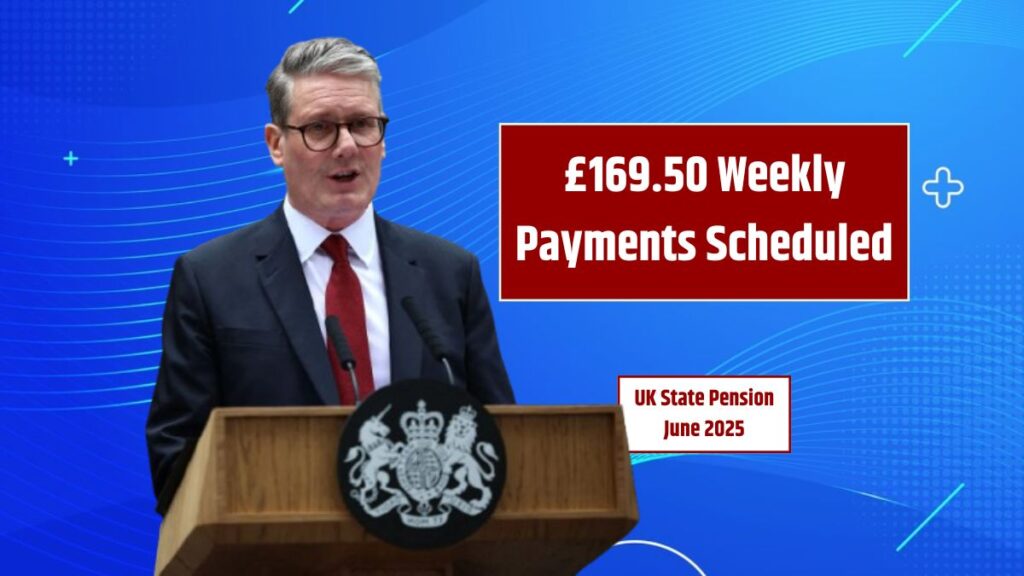Paying taxes is a responsibility every U.S. citizen knows well. But here’s the thing—paying taxes without knowing how the system works is kind of like signing a contract without reading the fine print.
It’s not just about filing on time or waiting for a refund—it’s about getting smart with your money, making informed choices, and possibly saving a whole lot more than you think.
Let’s break down the essentials of the U.S. tax system so it finally makes sense—without the jargon and confusion.
Basics
The U.S. tax system is built around a principle called progressive taxation. This basically means that the more you earn, the higher percentage of your income you pay in taxes. So, someone making $40,000 a year won’t pay the same tax rate as someone making $400,000.
Sounds fair, right? That’s the idea—it’s based on the ability to pay. But even though that makes sense on paper, many people feel like they’re still paying too much. And unless you know how your income is taxed, it’s easy to feel overwhelmed.
Brackets
Here’s where it gets real. The IRS doesn’t just slap one tax rate on your whole income. Instead, your income is split into tax brackets, and each chunk is taxed at a different rate.
Let’s say you’re a single filer in 2024:
| Tax Bracket | Income Range | Tax Rate |
|---|---|---|
| 1st Bracket | $0 – $11,600 | 10% |
| 2nd Bracket | $11,601 – $47,150 | 12% |
| 3rd Bracket | $47,151 – $100,525 | 22% |
| 4th Bracket | $100,526 – $191,950 | 24% |
| 5th Bracket | $191,951 – $243,725 | 32% |
| 6th Bracket | $243,726 – $609,350 | 35% |
| 7th Bracket | Over $609,351 | 37% |
So if you made $60,000, you wouldn’t be taxed 22% on all of it. Just the amount that falls within the 22% bracket. The rest is taxed at lower rates. That’s why your effective tax rate—what you actually pay on average—is usually much lower than your highest bracket.
Fairness
There’s always debate about who pays their fair share. But numbers don’t lie. According to data from the IRS and the Tax Foundation:
- The top 10% of earners pay about 72% of all federal income taxes.
- The bottom 40% pay around 4% of total taxes.
That might sound extreme, but again—it’s by design. The tax code is structured to lessen the burden on low-income households and shift more responsibility to those earning more.
Benefits
So how can knowing all this help you?
Well, once you know the basics, you can start playing smarter. Deductions, tax credits, retirement contributions—these are all tools to lower your taxable income and reduce what you owe. But if you don’t know the rules, you can’t play the game well.
Plus, by staying informed, you won’t fall for myths like “If I get a raise, I’ll pay more taxes on everything.” Nope! Only the portion that falls in a higher bracket gets taxed more.
Strategy
Learning about taxes doesn’t mean you need to become an accountant. But knowing a few key moves can really change how much you keep in your pocket:
- Max out your 401(k) or IRA
- Take advantage of standard or itemized deductions
- Look into tax credits (like child tax credit or education credit)
- Keep track of your qualified expenses all year
Just a few simple strategies can add up to hundreds—or thousands—saved at tax time.
Knowing the U.S. tax system isn’t just for CPAs or finance nerds. It’s for everyone who earns a paycheck. Once you see how it works, you’re not just “paying your taxes”—you’re making sure every dollar works for you. Because let’s face it—taxes are inevitable, but confusion doesn’t have to be.
FAQs
What are tax brackets?
They’re ranges that determine how much of your income is taxed.
Who pays the most taxes?
High-income earners pay the majority of federal taxes.
Is all income taxed at the same rate?
No, only portions of income are taxed at increasing rates.
What’s the effective tax rate?
It’s your average tax rate across all income.
Do low-income people pay taxes?
Yes, but at lower rates or sometimes none at all.





